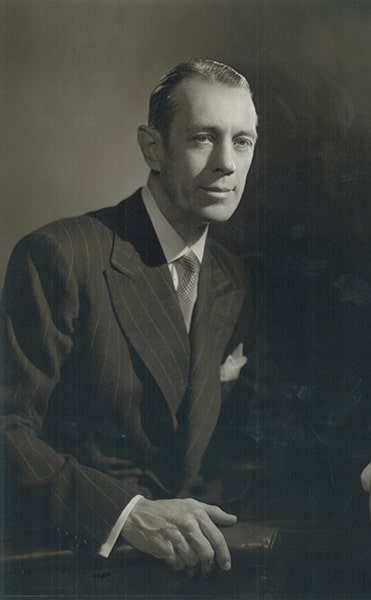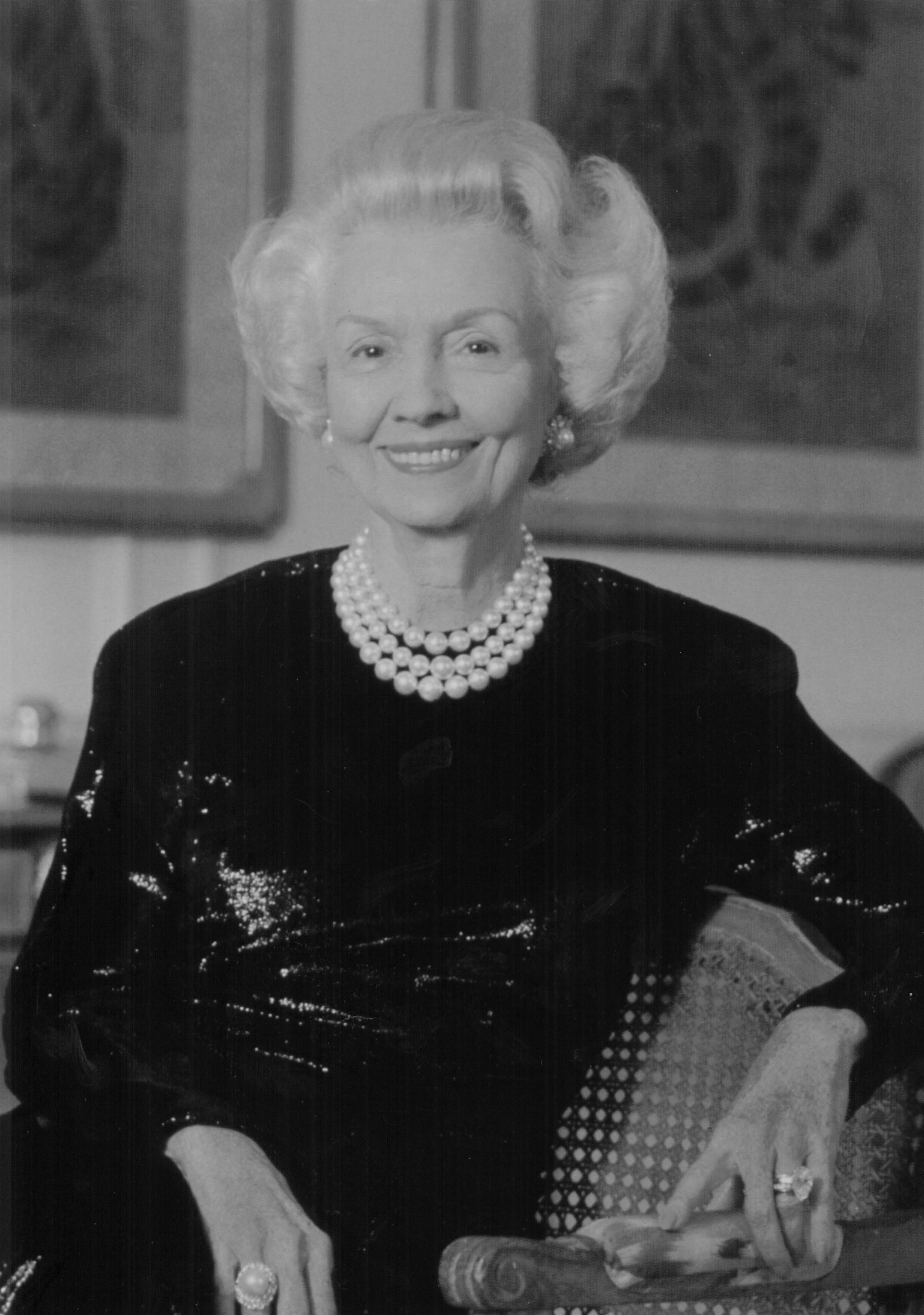

Mr. and Mrs. Don D. Harrington’s extensive contributions to a wide range of civic, cultural and medical initiatives helped shape the future. Throughout their lives the Harringtons received many awards and tributes for their exceptional gifts. As patrons of the arts, the Harringtons were willing not only to acquire, but to share, their remarkable fine and decorative arts collections.
Mr. and Mrs. Harrington’s philanthropy began in 1945 with a gift of land to the Llano Estacado Council of the Boy Scouts of America. Camp Don Harrington was the first in a long history of personal gifts and grants, which now exceed $400 million, from The Don and Sybil Harrington Foundation. Today, the Harrington legacy continues to provide a better quality of life in the Texas Panhandle.
Don Harrington arrived in Amarillo in 1926, during the oil and gas boom in the Texas Panhandle. His business capabilities and work ethic, combined with those of partners Lawrence Hagy and Stanley Marsh, Jr., ultimately made him one of the giants in the petroleum industry.
His engineering training and work experience gave him a distinct advantage in acquiring productive oil and gas leases. Few contemporaries envisioned the industry as a whole as did Don Harrington. His design for the Cargray Plant, which straddled two Panhandle counties – Carson and Gray, was representative of a brilliant mind and a vision for the future.
Sybil Buckingham was the granddaughter of Amarillo pioneers, Mr. and Mrs. J.E. Hughes, and the daughter of Frank and Roxy Buckingham. She grew to appreciate the arts at an early age. She studied music and dance and had a natural eye for design, color, scale, and beauty.
Shortly after their marriage in 1935, the Harringtons purchased one of Amarillo’s premiere homes at 1600 S. Polk Street. Through Mrs. Harrington’s uncanny eye for detail and the couple’s frequent travels to Europe, Harrington House became a showplace for fine and decorative arts. Harrington House was placed on the National Register of Historic Places in 1977 and opened as a house museum in 1985. Today, Harrington House remains a treasured gift to the region.
For decades, the Harringtons collected both fine and decorative arts. In 1968, Mr. and Mrs. Harrington opened their Amarillo home to exhibit the collection as a benefit for the Amarillo Fine Arts Association.
Artists represented in the Harrington Collection have names that are familiar to art lovers everywhere – Monet, Pissaro, Renoir, Cassatt, Redon, Vuillard, and Degas. In 1964, the Harringtons donated their entire collection of 19th century European art to the Phoenix Art Museum. Today, these 45 works of art are exhibited in the Don and Sybil Harrington 19th Century Galleries of the Phoenix Art Museum. Their gift included funding for museum expansion, endowments, and a conservation program.
The Harringtons established The Don and Sybil Harrington Foundation to support a broad array of cultural, educational, historical, medical and humanitarian causes. In recognition of their philanthropy, the Harrington name appears on the regional medical center, numerous medical facilities, and several headquarters of non-profit agencies. In 1988, The Don and Sybil Harrington Foundation became a supporting organization of the Amarillo Area Foundation, of which Mr. Harrington had been a founding director.
Mrs. Harrington continued their philanthropic tradition after her husband’s death in 1974. She combined personal giving with her new role as president of The Don and Sybil Harrington Foundation and created or significantly enhanced the arts in every form. Gifts to the Amarillo Symphony Orchestra and West Texas State University made possible the Harrington String Quartet, and support to the Lone Star Ballet created the annual production of “The Nutcracker.” Her contributions for the outdoor musical drama in Palo Duro Canyon included costumes, lighting and other technical improvements.
She personally contributed to the country’s national culture through her support of the Metropolitan Opera in New York City. Beginning in 1979, Mrs. Harrington underwrote 16 entire productions, including “La Traviata”, “La Boheme”, and “Aida.” In 1987, the Metropolitan Opera honored her by renaming the main hall “The Sybil Harrington Auditorium.”
Following Mrs. Harrington’s death in 1998, she was praised for her vision and leadership. In 1994, when Mrs. Harrington received a well-deserved honorary doctorate of philosophy from West Texas A&M University, she remarked, “It gives you a feeling that you amounted to something, that you left your mark on this world and you have been a friend to mankind.”